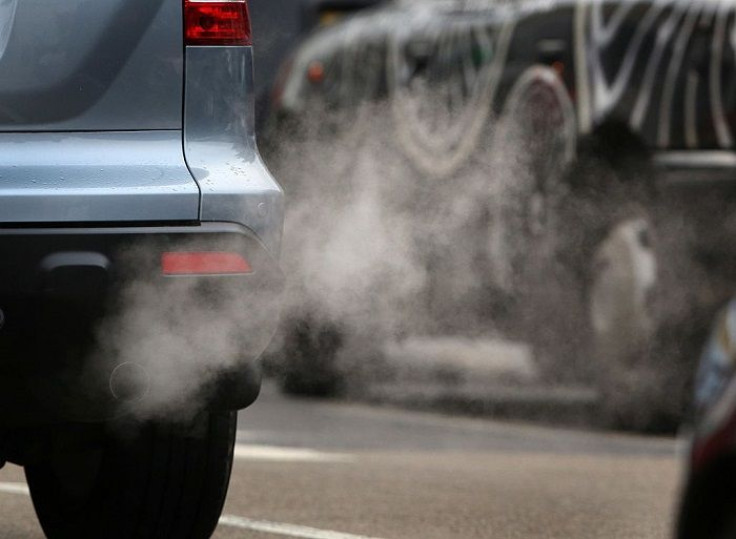Air Pollution May Cause High Blood Pressure Regardless Of How Long You're Exposed To It

Inhaling air pollutants may lead to the development of high blood pressure, according to an analysis published in the American Heart Association's (AHA) journal Hypertension. Previous studies have attempted to link air pollution to high blood pressure, commonly known as hypertension, but the results were controversial and inconsistent. The current study found that both short- and long-term exposure to air pollutants commonly associated with coal burning, vehicle exhaust, airborne dust, and dirt may influence whether someone will develop high blood pressure.
About one in three adults suffers from hypertension, which increases their risk for both disability and death from heart disease and stroke — both are among the leading causes of death in the United States. However, the causes of high blood pressure, a condition in which the force of the blood against the artery walls is too high, are complex and involve genetic and environmental factors, lifestyle, and diet.
Researchers combed through 17 studies that assessed the health effects of different types of air pollution and hypertension risk on more than 108,000 hypertension patients and 22,000 non-hypertensive controls. The analysis focused on the the air pollutants ozone, carbon monoxide, and sulfur dioxide — which comes from vehicle exhaust — as well as fossil fuels burned at power plants, and particulate matter (particles found in the air), including dust, dirt, smoke, and liquid droplets that are invisible to the naked eye.
The results showed that hypertension was significantly associated with short-term exposures to sulfur dioxide and particulate matter. It was also linked to long-term exposure to nitrogen dioxide, which is produced from combustion, and particulate matter. No significant associations were found between carbon monoxide and ozone on high blood pressure in the short term. Researchers said the potential connection between these pollutants and high blood pressure requires further study.
"In our analysis of 17 previously published studies we discovered a significant risk of developing high blood pressure due to exposure to air pollution," said Dr. Tao Liu, lead study author and deputy director and epidemiologist of the environmental health division at Guangdong Provincial Institute of Public Health in China, in a statement. "People should limit their exposure on days with higher air pollution levels, especially for those with high blood pressure, even very short-term exposure can aggravate their conditions."
Blood pressure is recorded as two numbers written in a ratio with the top number representing a patient’s systolic blood pressure, which measures the pressure when its muscles contract — and the bottom number representing the diastolic blood pressure, which measures the pressure while the heart muscle is resting, according to the AHA. For the study, high blood pressure was defined as systolic blood pressure more than 140 mm/Hg and diastolic blood pressure over 90 mm/Hg or by antihypertensive drug use. Air pollution exposure was assessed by averaging data from nearest air pollution monitoring stations, or using complex dispersion models or land-use regression models.
Researchers believe air pollution may contribute to the development of high blood pressure by increasing inflammation and oxidative stress, which could lead to changes in the arteries. "Next we plan to further delve into the effects of particulate matter and their sources on hypertension risk, which we hope will inform air-pollution control policy-makers," Liu said.
Source: Cai Y, Zhang B, Ke W, et al. Associations of Short-Term and Long-Term Exposure to Ambient Air Pollutants With Hypertension: A systematic Review and Meta-Analysis. Hypertension: Journal of the American Heart Association. 2016.



























